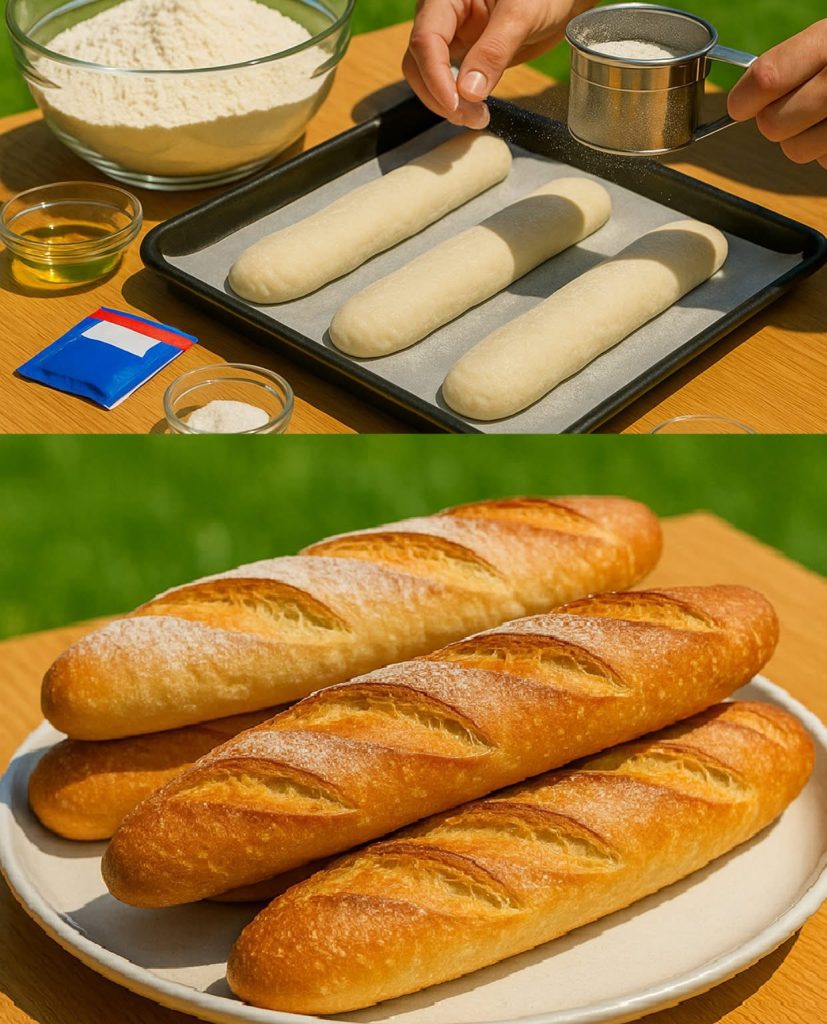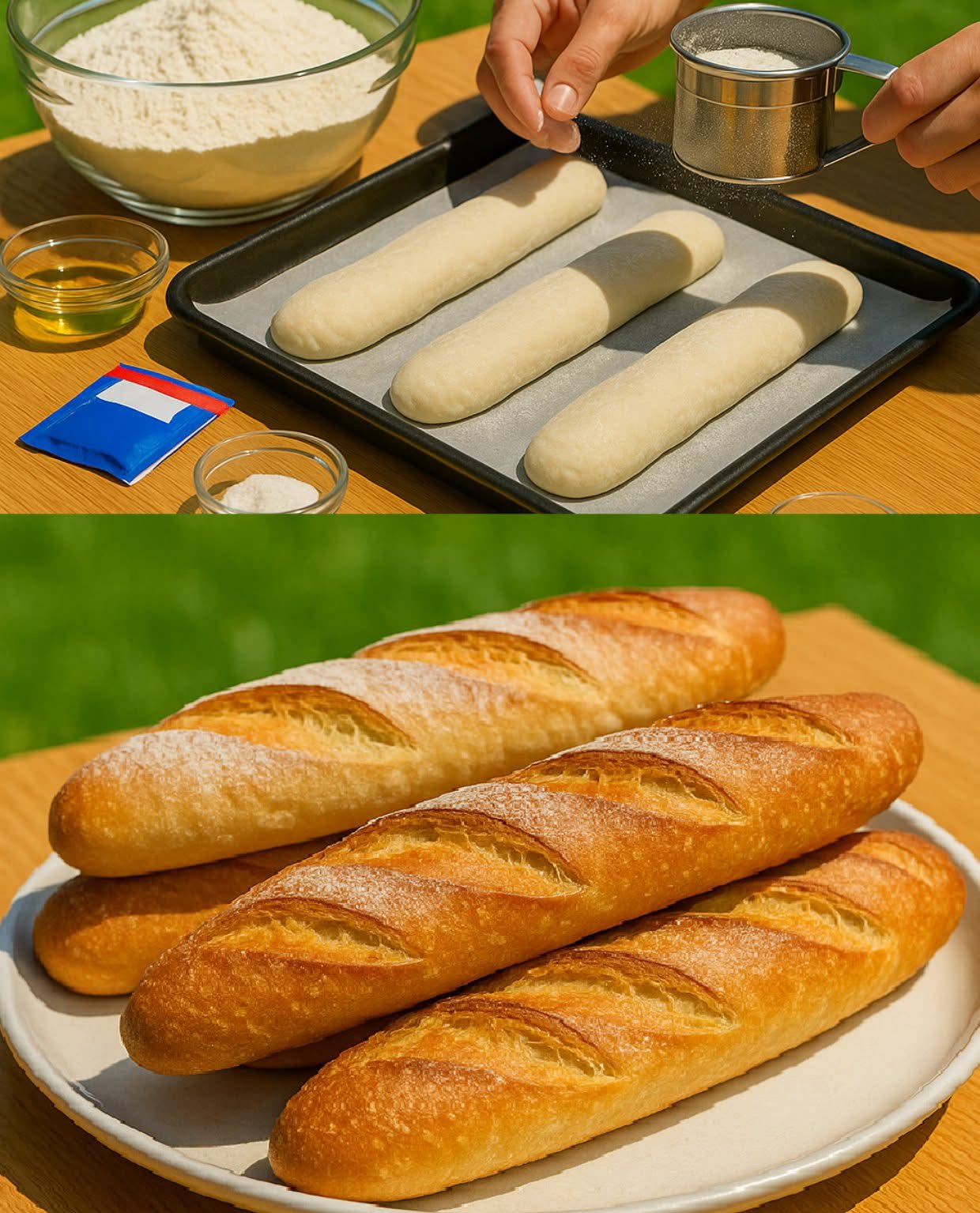
The Art of Making the Perfect French Baguette
Introduction
Few breads can rival the elegance, aroma, and crunch of a freshly baked French baguette. Known for its long, slender shape, crisp golden crust, and airy crumb, the baguette is a staple in French culture and a beloved bread around the world. Whether paired with cheese, served alongside soups, or simply enjoyed with butter, a baguette represents the harmony of simple ingredients and careful technique.
History of the Baguette
The origins of the baguette trace back to 19th-century France. While long breads existed earlier, the baguette became widely popular in Paris after laws regulated bakers’ working hours, prompting them to create a bread that baked quickly. By the early 20th century, the baguette had become a cultural icon — so much so that in 2022, UNESCO added the “artisanal know-how and culture of the baguette” to its Intangible Cultural Heritage list.
Ingredients
A traditional baguette uses only a few basic ingredients, yet the balance and method create magic:
- Bread Flour – High protein content for structure and chew.
- Water – Hydration affects texture and crust.
- Yeast – For fermentation and rise.
- Salt – Enhances flavor and controls yeast activity.
- (Optional) Olive oil or dusting flour for added richness and crust texture.
Step-by-Step Instructions
- Mix the Dough
Combine flour, water, yeast, and salt. Mix until a sticky dough forms. - Knead & First Rise
Knead for about 10 minutes or until smooth. Let it rest for 1–2 hours until doubled in size. - Shape the Loaves
Divide dough into equal portions and roll each into a long, thin cylinder. - Second Rise
Place shaped loaves on a parchment-lined baking sheet, dust with flour, and allow to rise again. - Scoring
Use a sharp blade to slash diagonal cuts on the surface to control expansion. - Baking
Bake at a high temperature (220–250°C / 425–480°F) with steam for a crispy crust, around 20–25 minutes. - Cooling
Let cool before slicing to preserve texture.
Methods & Techniques
- Steam Baking: Adding steam in the oven helps develop the crisp crust.
- Cold Fermentation: Resting dough overnight in the fridge deepens flavor.
- Autolyse Method: Letting flour and water rest before kneading improves gluten development.
- Scoring Patterns: Traditional diagonal slashes are functional and aesthetic.
Benefits of Homemade Baguettes
- Freshness: No preservatives, straight from your oven.
- Custom Flavor: You can experiment with whole grains, seeds, or herbs.
- Artisan Skill: Enhances baking skills and appreciation for craft.
- Healthier Option: Control salt, avoid additives, and choose quality flour.
Formation of the Perfect Crust
The golden crust forms when high oven heat caramelizes natural sugars in the dough. Steam during the first minutes of baking keeps the crust flexible, allowing maximum oven spring before it turns crisp and brown
Nutritional Information (per 100g)
- Calories: ~270 kcal
- Carbohydrates: 56 g
- Protein: 9 g
- Fat: 1 g
- Fiber: 2 g
- Sodium: 500 mg (varies by recipe)
Baguette Lovers
Baguettes are adored by food enthusiasts worldwide. From Parisian breakfasts to New York delis, bread lovers cherish their crusty exterior and pillowy interior. They make perfect companions for cheese boards, sandwiches, or as a vessel for olive oil and balsamic dipping
Conclusion
The French baguette is proof that beauty often lies in simplicity. With just four core ingredients, patience, and technique, you can create bread that delights both the eyes and taste buds. Whether you’re an experienced baker or a beginner, baking baguettes at home is an art worth mastering — a warm slice with butter might just convince you that happiness is baked fresh.
